There are loads of well-known tourist places in Tokyo… Meiji Jingu Shrine, Tokyo Tower, Shibuya Crossing, to name a few. Whenever friends from home or other international visitors come to Japan, I often get asked for recommendations on things to do and see in Tokyo. In particular, a lot of people want to know what are the tourist traps, or things not worth the hype.
But honestly, there’s really not much that isn’t worth doing! Granted, some things are kind of geared towards tourists – like the Robot Cafe or MariCar (real life Mario Cart) – but I feel like when you experience something as out-there as that, and then the next day experience something like a tea ceremony or the fish market, it makes you appreciate what Japan is famous for: a land of contrasts, a beautiful blend of modern and traditional.
Take the most famous temple in the city, for example. Sensoji in Asakusa is considered one of the top 5 things to do in Tokyo, and with millions of visitors each year, it is a constant hive of activity. The tourists are busy shopping and taking photos; the stall keepers are busy selling; the guards are busy making sure people obey the rules. It feels like a melting pot where every country around the world is represented in the harmonious mass.
At the same time, below the ‘touristy surface’ lies an ancient, historically important place. Sensoji is said to have been founded in the year 645. It started out just as a simple structure housing a statue of the goddess of mercy where people would come to pray. Over the past 1,300+ years, the temple has been destroyed by earthquakes, fires, floods and wars, but it never lost its value among monks, pilgrims, and even Tokugawa Ieyasu who ruled Japan in the early 1600s. It’s because of them that Sensoji remains to this day.
While living in Tokyo, I have taken a bunch of different friends to Asakusa and shown them around. Despite the overwhelming crowds, it really is a great place to experience, especially when you know a little about the history and traditions.
Here are a few tips I recommend to make your visit even better!
- Visit during one of the festivals – Sanja Matsuri in May is the biggest.
- Try ‘monjayaki‘, Tokyo’s version of okonomiyaki (side note: it doesn’t look appetizing, but really is!)
- Head to the Asakusa Culture Tourist Info Centre for a great view of Sensoji from above.
- Visit at night when all the shops along Nakamise are closed and the crowds have left… a great spot for night photography.
- Visit Denboin and the secret garden next to Sensoji, which is only open from March to May! The 18th and 19th century buildings survived WWII and have been designated Important Cultural Properties.
- Purchase an omamori (luck charm) or a goshuin (temple seal) to commemorate your visit.

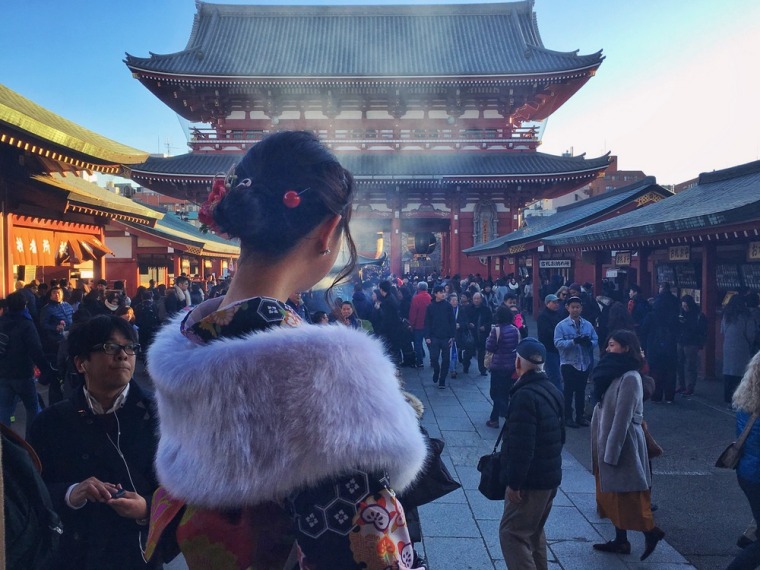

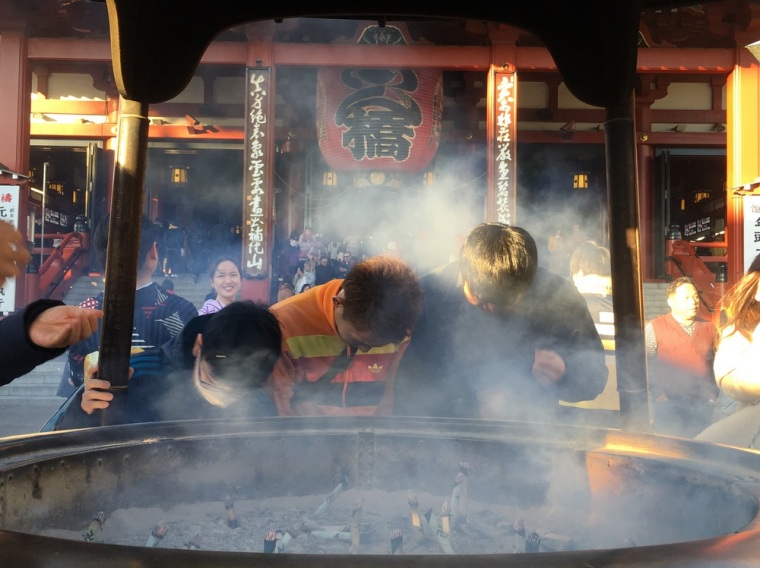

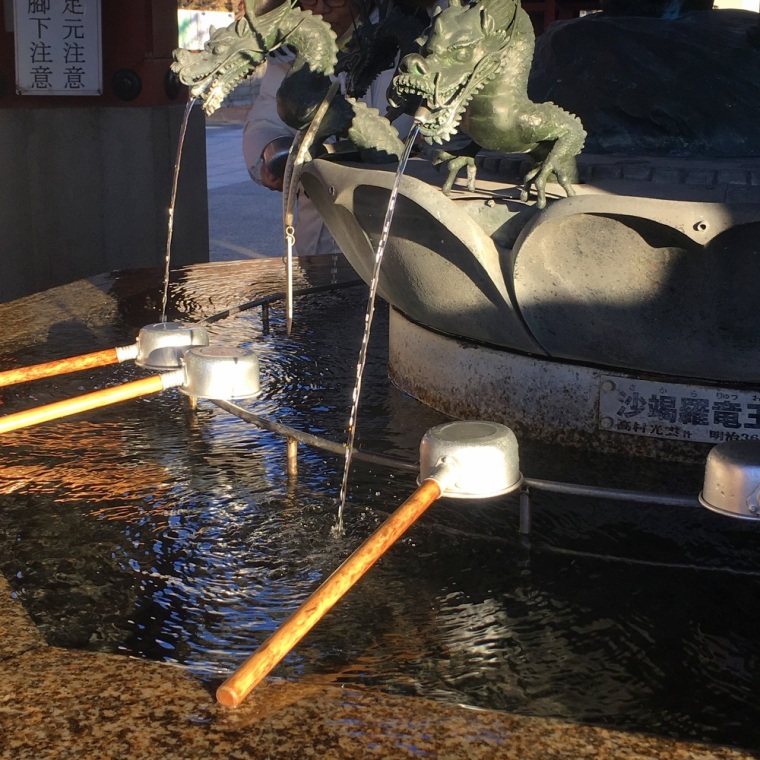
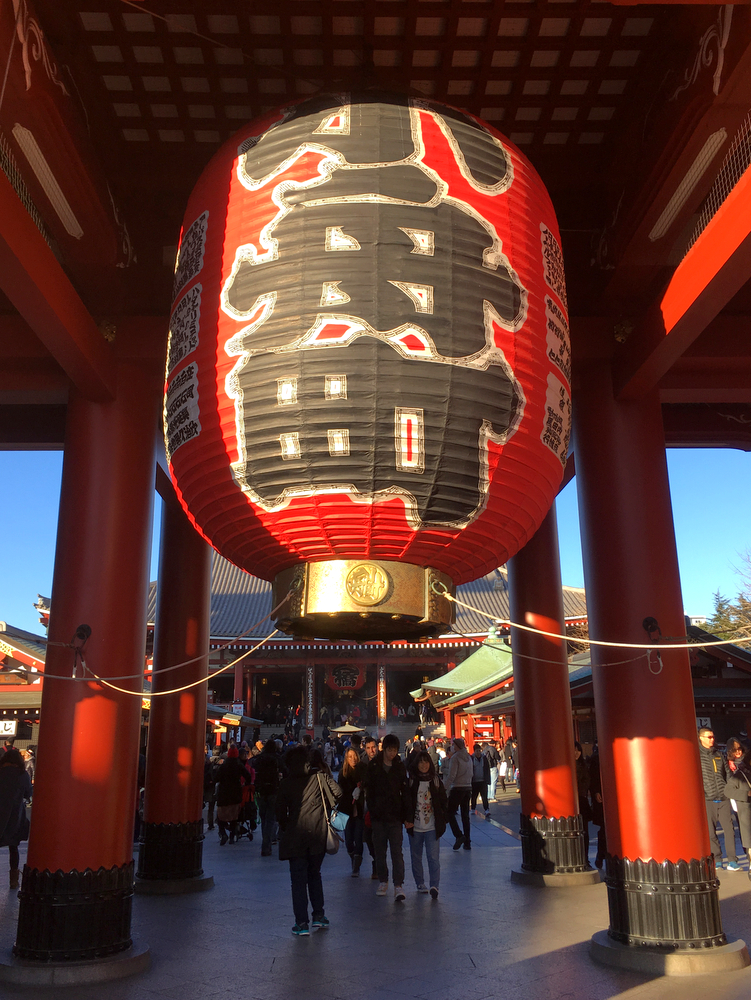
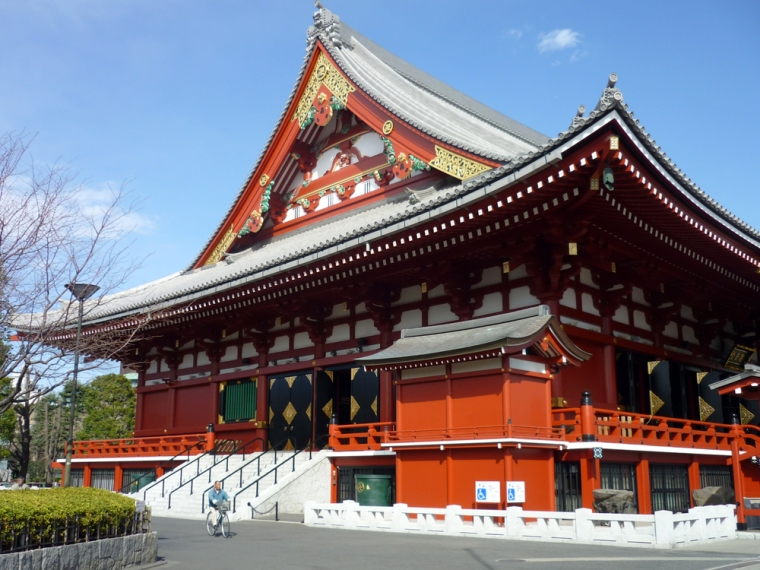
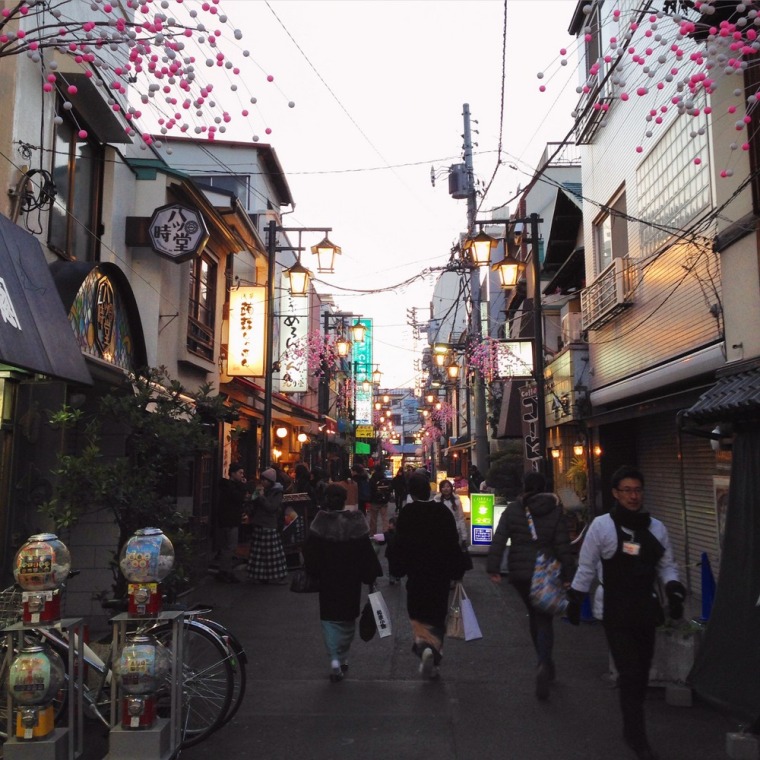
Have you ever visited Sensoji? What was your impression?
What are some touristy places you’ve been to in the world that are actually worth the hype?



Your photos bought it all back to me. It was my favourite place in Tokyo. We went there time and time again.
LikeLiked by 1 person
Happy to hear that! I love that ‘downtown Tokyo’ feel that Asakusa has, and would definitely go more often if I lived closer. What other areas in Tokyo did you like the best?
LikeLiked by 1 person
Wonderful photos. Really like the idea of visiting at night when the crowds have gone. I like quiet and peace, and don’t do crowds very well. I’ve never been to Japan, but maybe one day. It strikes me as a place that is culturally rich historically and the locals seems to have a lot humility about the way they live these days, especially in the face of rebuilding as and when that arises.
LikeLiked by 1 person
I totally get why you’d rather visit a place like this at night. It can be a frustrating experience tackling crowds, which unfortunately takes away from the place itself. Tokyo may be very fast-paced, but outside of the city there are many places I think you’d really enjoy visiting! The culture and traditions are deeply valued and you see that more in rural areas where there is less ‘noise’.
LikeLiked by 2 people
Hi Celia,
Asakusa is definitely a place to visit for first-time and returning visitors. Sensoji is the “beating heart” in some ways, but what I enjoyed most about the area was the side streets and that old Tokyo feel.
John
LikeLiked by 1 person
How captivating are those side streets! I love that ‘old Tokyo’ vibe, too – if I could travel back in time, it would probably be to see Tokyo in the Showa Period when Tokyo Tower was being built, the city was getting ready for the olympics, etc. At least in movies it looks very exciting!
LikeLiked by 1 person
Good choice, but if had a Tardis my first trip would be to Gion in its heyday. If …if …if haha
LikeLiked by 1 person
Oooh, that would be quite the experience, too!!
LikeLiked by 1 person
Great post. Asakusa is definitely worth the visit, even if it is full of tourists. It’s an interesting temple in the middle of Tokyo, and it’s kind of fun walking up the street full of souvenir shops. I’ve only been once, but I think it even deserves a second visit if only just to take photos and eat things.
LikeLiked by 1 person
It is actually pretty fun, isn’t it! Even though it’s touristy, there’s a great atmosphere and lots of interesting things to see… and eat!
LikeLiked by 2 people
Hey Celia…loved your post, awesome..keep up the good work! :-)
LikeLiked by 1 person
Thank you so much!! So happy to hear that :)
LikeLiked by 2 people
Most recently, Angkor Wat, Halong Bay. In the past….Mt. Fuji, the Louvre, the Eifel Tower….
LikeLiked by 1 person
I especially loved Angkor Wat, too. Although I went in summer when it was sticking hot, the ruins were incredible and quite surprising that you can basically go wherever you want.
The photos of Halong Bay always look amazing, but I was afraid it might have been touristy. Glad to hear you liked it!
LikeLiked by 2 people
The good thing about Ha Long Bay is that they touristy stuff is on shore (and on the boat) but being so huge, the scenery is breathtaking–regardless of what gift shop is on the shore.
LikeLiked by 2 people
Loved your photos in this post. They were beautiful and because of the way they were shot, seem so much more intimate than some of the standard ones I have seen.
LikeLiked by 1 person
Thanks, Anthony :D It’s hard to get an original shot when there are a million other people also taking photos, but I was pretty happy with a few of these!
LikeLiked by 2 people
Great pictures! I need to get out to see the shrines and temples more. All I do is work, work, work ><
LikeLiked by 1 person
Thank you! I get it… it’s hard to find time to be a ‘tourist’ at home. But it’s fun to do every now and then!
LikeLiked by 1 person